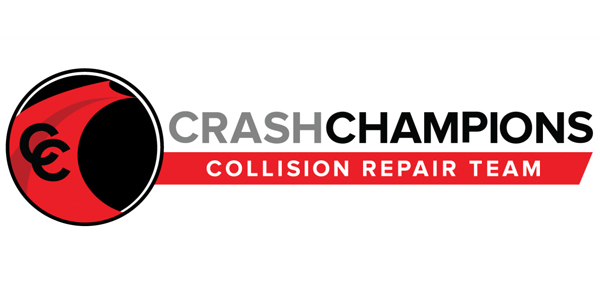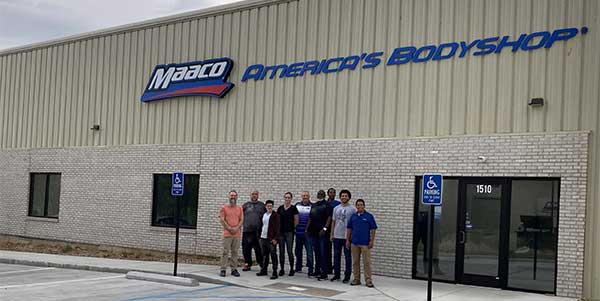Most business owners dream of either selling their company or passing it on to the next generation. Whatever the plan, the goal is a successful transition for all involved.
Exit planning is the process of an owner obtaining their definition of business independence, and this will mean something different to each owner. As with any long-term strategic business planning, the owner will need to consider and establish business and personal goals as part of the planning process.
The ultimate goal of exit planning is for a business to survive without its owner and for the owner to live without the business. For the owner, the ability to live without the business is both financial and emotional. For the business, it’s operational and financial since the company cannot rely on the owner’s ability to run the company or on personal guarantees for debt and loans.
When setting goals, keep in mind there are mainly five ways an owner can leave a business:
- Sell to a third party
- Sell to a family member or co-owner
- Sell to a key employee/employees
- Die owning the business
- Liquidate the company
Fortunately, each of these eventualities can be planned for well in advance.
Catching the Vision
Business owners should take time to consider the answers to the following four universal questions as they begin planning for their personal life and business goals:
- How much longer do I want to work in the business?
- To whom would I like to sell/transfer my business?
- What is the annual after-tax income I will need?
- What will I do when I no longer own the business?
Owners should spend time thinking about who they are and what they want to do when they are no longer business owners. It’s also important to ask how much of the owner’s identity is through the business? What personal relationships might change or go away with leaving the business? What post-ownership activities will provide meaning and purpose?
The CEO’s Role
The owner has to be the CEO – the chief exit officer – creating the vision of where they want to go with the business and clearly describing that vision to everyone involved in the process. A compelling vision can motivate the owner to act upon it; one that is not compelling will never move beyond the idea stage.
Once the vision has been established, the owner will need a team of advisors to help achieve it. No single person has the training and ability to provide all of the technical and professional services needed to create a successful exit plan. The owner will continually have to ask the advisors, “How do your planning strategies achieve my vision?”
An independent valuation is critical to determining the value of the company if it is to be sold. Going through this process also allows the owner to estimate the net value from the sale of the business after taxes. With that information, the owner can determine whether current savings and the annual income from savings and the sale of the business will cover the costs of their anticipated lifestyle.
If there is a gap between the income and budget, the owner has several choices:
- Stay and work forever in the business – but have a plan for when “forever” arrives
- Sell the business and adjust the post-ownership lifestyle
- Save more of the current profits and build assets outside of the business
- Build on the value of the business to realize more money upon its sale
Cornerstones
Whichever course is selected, be prepared to steer the business through four important cornerstones.
One of the four cornerstones in the business exit planning process involves business independence planning. As the owner works on becoming personally independent from the business, the business should be doing the same thing.
Few companies are sold and the vast majority are rejected by investment bankers, private equity investors and business brokers because the businesses are not prepared or have very little value without the current owner. Create a business bucket list involving steps and actions that need to be taken to preserve, protect and promote business value before you can leave.
When a business can operate successfully without its owner’s daily involvement, it becomes something of value to its current owner (by providing freedom) and potential buyers since the company’s success is not solely dependent upon the owner’s efforts. Buyers can see a strong, stable and independent business.
The long-term success of the business will be greatly impacted by the owner’s ability to recruit and retain the next generation of managers and owners. The majority of closely-held business owners are Baby Boomers between the ages of 50 and 70. The total baby-boom generation represents approximately 79 million people. Gen X are those aged 30 to 50 years old, comprising only 58 million people. This significant difference in population between the boomers and Gen X will have a significant impact on future ownership and management of closely-held businesses.
With a significant shortage of talent in the next generation due to its smaller size, current managers will be the focus of the competition’s attention as companies look for leaders. Therefore, it is critical to have a key employee plan that demonstrates how vital staff members will share in the financial growth of the company they help manage.
Contingency Planning
A business contingency plan determines how the business will successfully operate if the owner does not return to it one morning. It addresses issues the owner’s family may encounter, such as:
- Loss of financial resources: Either by guarantees or loans made by the owner to the business
- Loss of key talent: Who will immediately fill the role of the owner? What jobs/tasks does someone need to fill?
- Relationships with customers and vendors: Who is going to immediately maintain the relationships the owner has with customers and vendors?
- Impact on key employees: Will they stay or go to work for the competition?
Create a business continuity plan and a living will for the business to document the owner’s knowledge of the business operations so that all of the experience and insight do not go away when the owner leaves.
It will be important to prove to any buyer that the company has a successful business model, sustainable cash flow, growth potential and minimal risk.
Transition
The focus of the transaction is not the end of the plan, but living the life envisioned will be the completion of a successful journey. Learn and ask questions about post-ownership and the three components of well-being: prosperity, health and happiness. Look outside the business to understand what creates happiness and which relationships provide experiences, engagement and meaning. Once aware of the steps to be taken, now it is time to prepare and execute the business and personal plans for a successful transition.
Exit Planning/Timeframes
10 years
- Take time to educate yourself on the exit planning process and think about the possibilities for you and your business. Consider a personal life plan and one for the business based on the information collected.
- Identify the areas to build business value within the company and create a business plan that drives business value and creates business independence.
- Create a business contingency plan for the company.
5 years
- Develop an exit strategy based on your goals and vision, and put that plan into writing.
- Evaluate all aspects of the exit strategy and identify the steps needed to achieve the desired exit date.
- Put together an exit planning advisory team to help guide you through your exit plan.
- Update the business plan to incorporate the desired exit date. Identify and work on the areas in the business plan that continue to build a sustainable and independent business.














